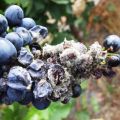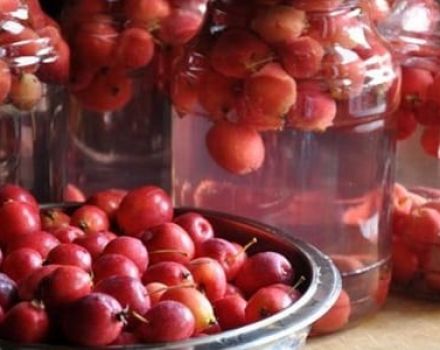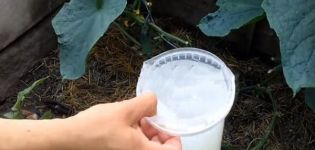When and how to properly prune blueberries for beginners
Blueberries lend themselves well to pruning, so gardeners remove excess shoots not only in spring, but also in summer. Pruning for blueberries is a necessary measure to preserve the quality of the harvest, as the fruit grows small in densely growing bushes and has a sour taste. The plant expends a large amount of energy on old branches that do not yield crops, so they should be disposed of in a timely manner.
Features of the berry
The blueberry is a bush with oval green leaves, reaching a height of one to two and a half meters. The berries are blue in color, 1-2 centimeters in diameter.
The blueberry bush contains shoots of different ages. The branches on the sides over two years old are distinguished by the highest yield. Old branches that are more than four to five years old bear much less fruit than two to three years old.
Young stems have smooth, bright bark and no branches. Older stems are characterized by strong branching and yield the richest yield. In order to achieve a rich harvest in plantation conditions, it is customary to leave ten fruit-bearing branches on the bushes.
In summer cottages, gardeners, as a rule, leave blueberries thicker, getting more harvest from the bush, but the berries grow smaller.
Do blueberries need pruning?
Any fruit crop has a need to get rid of old shoots. Blueberries, if not trimmed, begin to grow overgrown with weak branches and spend a significant amount of energy on their development. As a result, there is not enough juice for berries, and they grow small, with poor taste. In addition, thickened plantings are poorly blown by the wind, fungi accumulate in them, due to which the plant begins to rot.
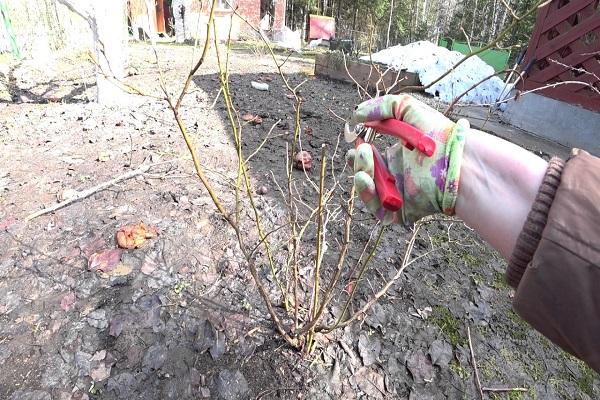
Dates
When pruning, you need to take into account the climatic conditions of a particular area. In warm regions, pruning is done in early spring, in cold regions - closer to May. After wintering, young healthy branches rise easily, so it is not difficult to find old branches that need to be disposed of. Remove branches that remain on the ground.
Branches containing rot and damage should not only be cut off, but also burned. This is necessary to prevent the spread of the infection.
In summer, pruning of blueberry bushes is extremely rare. This procedure is carried out in the summer only when you need to get rid of broken branches.Before winter, it is customary to cut off rough branches that cannot be bent.
Types of trimming
Blueberry pruning is divided into three types: sanitary, shaping, and anti-aging.

Sanitary
This type of pruning is carried out when the need arises, as a rule, this is done immediately after wintering. It is needed to get rid of broken or infected shoots. Cut off dry, diseased branches to normalize the movement of juices in the stems. Get rid of recumbent branches and bushy growth. The frost-bitten tops are cut off.
Forming
From late autumn to early spring, shaping pruning of blueberries is carried out. Cut off the buds on seedlings to avoid premature fruiting, since early harvests are scarce and take a large amount of energy from the plant.
The plant is shortened if there is a disproportionate crown in relation to the roots, in order to provide the roots with energy so that they can grow. Formative pruning is carried out, as a rule, for plants from three years old. First of all, they get rid of small increments. In large farms, the growth begins to be removed already in the first year.
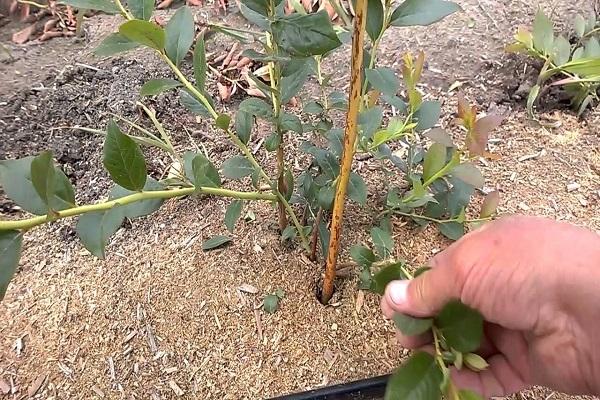
Anti-aging
It is carried out in order to restore the ability of blueberry bushes to bring a large and high-quality harvest. In well-groomed gardens, blueberry bushes can bear fruit for more than three decades, however, from the age of five, the plant's yield drops noticeably.
Old blueberry branches are overgrown with a large number of short branches on top. As a result, very small berries grow on them. However, vertical shoots often extend from the middle of the old branches. It is necessary at the right time to make a cut above the shoot in order to transfer the branch to it. If there are no such shoots on the old branch, then it should be cut off at the very base.
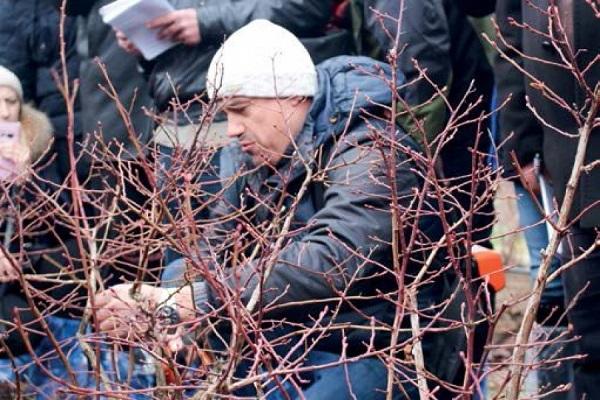
How to prune blueberries correctly
Let's figure out how to prune your garden blueberry correctly. The procedure for pruning tall varieties is that damaged or obsolete branches are removed from the bushes, as well as blind growth. Before pruning, you should not remove the mulch, otherwise rotting stumps may form, which will attract harmful microorganisms that infect plants with various diseases.
Before you start pruning, the bushes are freed from mulch to the ground, and after the procedure, good mulch comes back, bad mulch is burned.
The crowns must be thinned well to ensure access of light to all branches. Do not leave old branches as this will prevent you from covering the blueberries well before wintering.
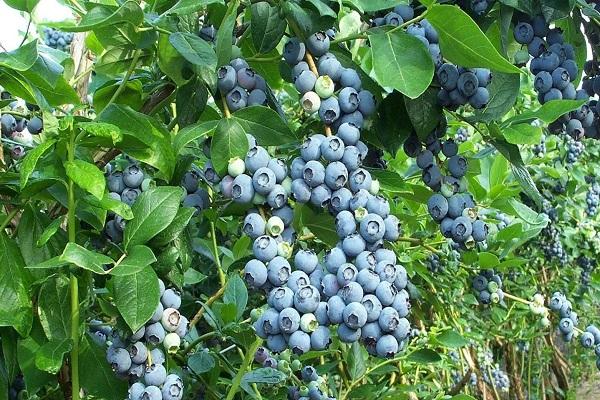
In container
Blueberry planting material is sold at the age of one year and older. Seedlings older than three years after planting should be shortened by half, and weak shoots should be cut out. This helps the plant to take root better in the soil.
Pruning seedlings in a container is necessary when the aboveground part of the plant is heavier than a clod of earth. In such a situation, the roots of the plant lack the ability to grow and develop proportionally. Before planting a bush, get rid of the branches coming out of the ground. Leave only powerful shoots. It is better to cut them in half to achieve the desired proportion.
After planting the seedling, it is important that the blueberries take root. Pruning a young plant correctly helps to concentrate nutrients at the roots. It is recommended to cut off the buds that appear in the first year.
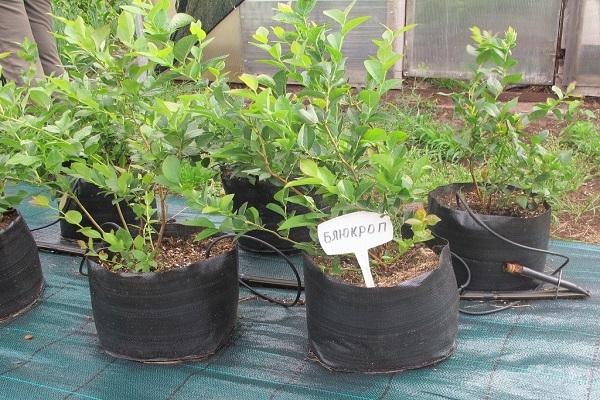
Pruning an adult bush
In the early years, the plant is pruned to achieve strong tillering. First of all, shoots that are unable to bear fruit are removed.
In an adult blueberry, the bushy growths that form near the roots are cut off. The bushes are thinned out to stimulate the development of new shoots.After five to six years of age, the bush needs to start cutting off old branches and replacing them with new ones.
Young bushes should be pruned in moderation to awaken the buds near the base of the bush. In old bushes, the crown is partially removed to start the growth of new shoots. It makes sense for developed bushes to carry out a small sanitary pruning, so as not to increase their branching.
To prevent the berries from growing too small, some of the short branches, along with the buds, should be cut off. Moreover, the more shoots a particular blueberry variety has, the more it is worth pruning the bushes according to this scheme. Cultivars producing few shoots do not require heavy pruning.
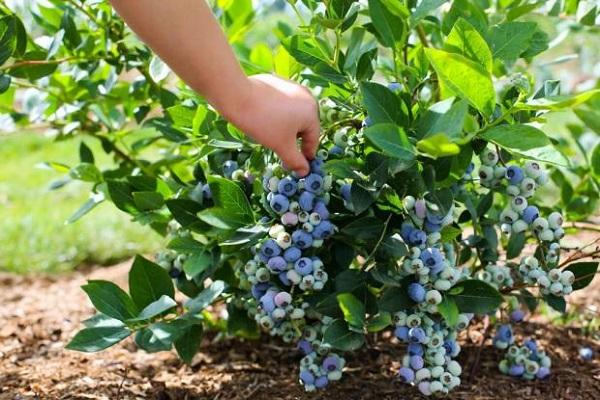
When pruning bushes over five years old, all old branches must be cut to obtain large berries. If you want to get a lot of harvest, and the size of the berries is not so important, you can leave six to seven-year branches.
When you need to cut a bush at the root
Sometimes, in order to rejuvenate the plant, you have to cut it at the root. Root pruning is necessary if the bushes began to dry out in the heat from lack of moisture, and if all the shoots bearing fruit are outdated and unable to bear fruit anymore.
After trimming the bush at the root, you need to provide the blueberries with timely watering and nutrition, so that the plant recovers over the next two to three years.
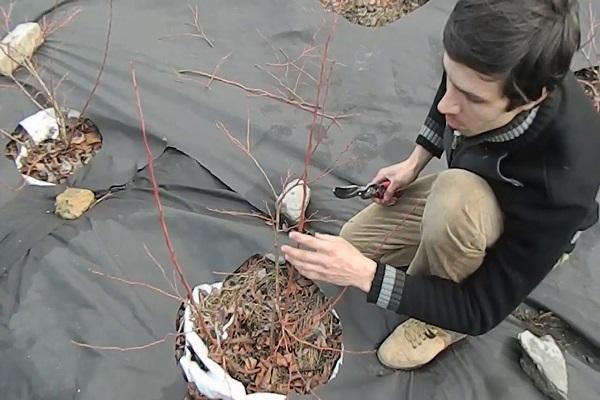
Bush care after pruning
After the autumn pruning, blueberry bushes are treated with a garden varnish so that harmful bacteria and pathogens do not penetrate into open wounds. Garden varnish processing is done for thick stems, from one centimeter and thicker.
In addition, it is necessary to feed the plant so that it regains its vitality before wintering. For these purposes, mineral fertilizers rich in potassium and phosphorus are used. In this case, it is impossible to use nitrogen fertilizers, in order to avoid freezing of the bush.
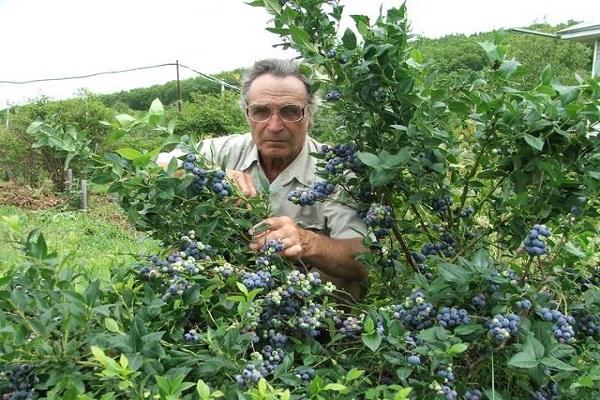
Conclusion
Pruning the bushes is a necessary measure for blueberries to ensure proper development and fruiting of the plant. Despite the fact that blueberries are a relatively unpretentious plant, this process must be treated responsibly and not to make mistakes that will harm the bushes.




